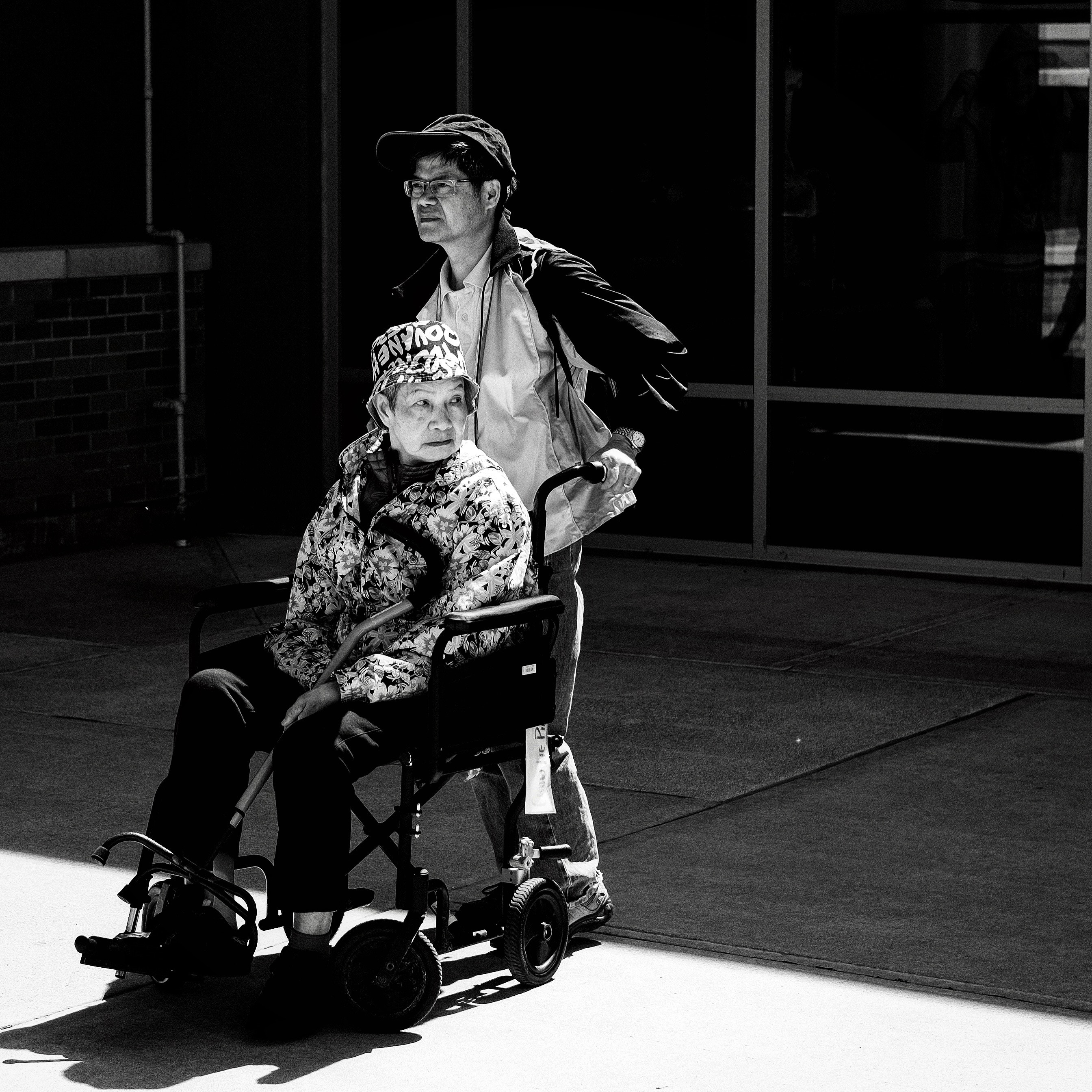Growth in Golden Year Caregiving

My healthy and active 91-year-old grandmother has lived in the same town since she was a girl, and in the same house since she and my grandfather retired over 20 years ago. My grandmother loves her home, her neighbors, and the park down the street where she has walked every afternoon for decades.
As she has aged, my grandmother’s been able to stay in her home largely because of my aunt. It’s my aunt who takes my grandmother grocery shopping, drives her to visit friends, manages doctor’s appointments, and fixes dinner. Without this help, my grandmother wouldn’t have been able to stay in her own home for as long as she has.
Related: Smart Policy Can Make Long-Term More Accessible for Older Adults
My aunt and grandmother’s relationship is not unique. Nearly 17 percent of adult children will provide care for an aging parent at some point in their life. Yet, when people imagine the demographic characteristics of a family caregiver looking after an aging parent, they often think of someone like my aunt — an adult child in her mid-50’s who’s relatively healthy, nearing retirement, but still actively involved in the workforce. However, a study by the Center for Retirement Research paints a different picture of adult caregivers looking after their parents. Using information from the Health and Retirement Study, the Center for Retirement Research finds adult children are most likely to provide care for aging parents when they themselves are in their golden years, when they are 70 and older.
Like many adult children, my aunt doesn’t view caring for her mother as a burden. Yet, research shows there are financial, physical and emotional costs associated with providing informal care to loved ones. While caregivers of all ages experience these impacts, they can be especially difficult for the older caregivers described in the Center for Retirement Research’s report. With retirement, many older caregivers become reliant on fixed incomes, making additional financial costs more burdensome. Simultaneously, older caregivers are more likely than their younger counterparts to have health and long-term care needs of their own.
My grandmother wouldn’t be able to live in her own home without my aunt’s care. Living on a fixed income, my grandmother can’t afford to purchase private help, but makes too much to qualify for Medicaid. This story plays out for many families, and will only become more prevalent in our state as Colorado’s population ages. As we develop policies to support older adults, we must also think about the needs of the almost 500,000 Coloradans, who, like my aunt, play an essential role in helping our aging neighbors and loved ones remain in the communities of their choice.
